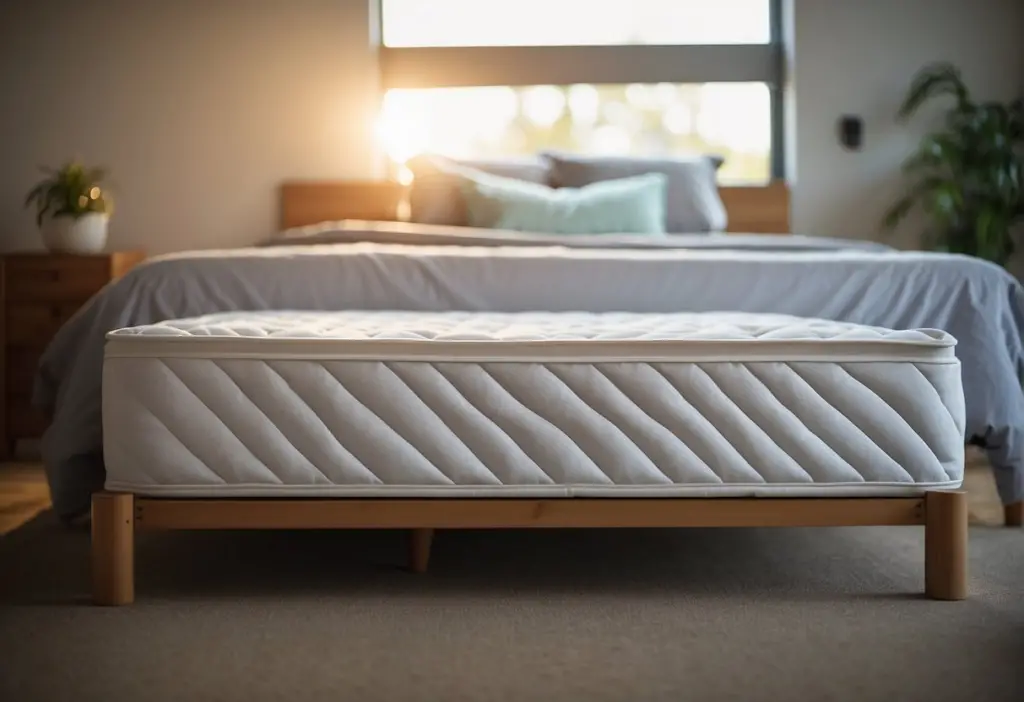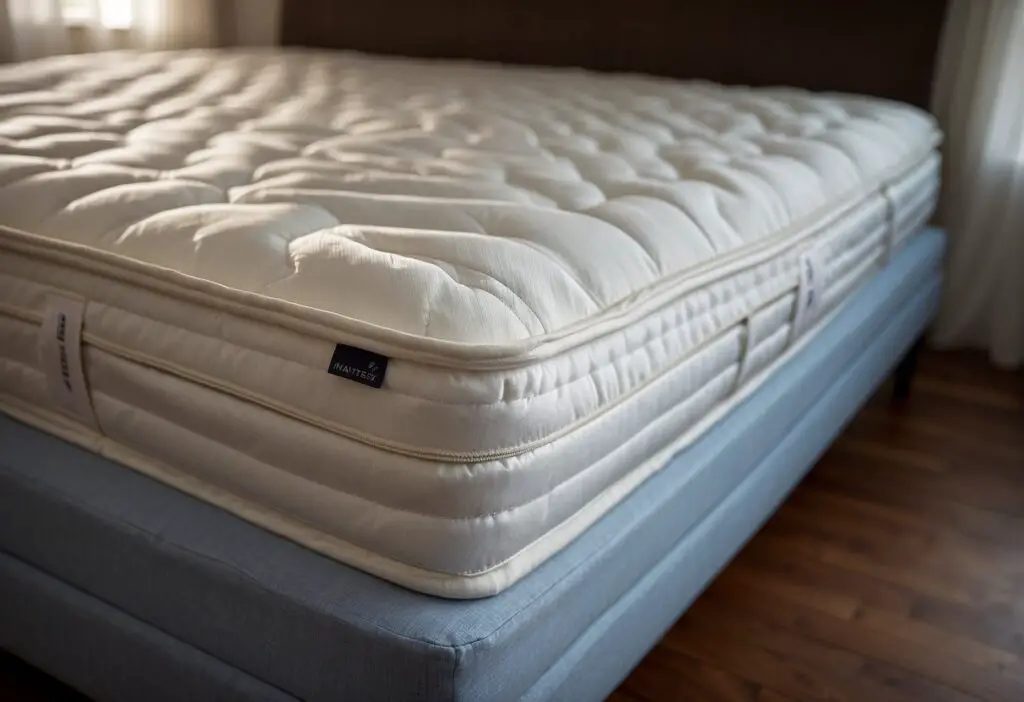When a mattress does not fit a bed frame, it can be quite a challenge. This mismatch can occur because of an incorrect purchase or a misunderstanding of bed sizing standards. Mattress and bed frame sizes are meant to correspond; however, variations in design, brand differences, and mattress toppers can lead to a poor fit.
First Identify the cause of the misfit to find a proper solution. It may involve taking precise measurements or assessing the bed frame for any irregularities. Simple adjustments to the frame or the addition of specific accessories may offer an effective fix. In some cases, it may require selecting a new mattress or bed frame.
Why does my mattress not fit my bed frame?

Several reasons can lead to a mattress not fitting a bed frame:
Size Mismatch
The most common cause is that the mattress and bed frame are different sizes. Mattresses come in standard sizes (Twin, Full, Queen, King, California King), but not all bed frames adhere to these standards.
Design Variations
Some bed frames have headboards and footboards that limit the available space for a mattress. Others may have design peculiarities that make them incompatible with certain mattresses.
Manufacturing Errors
Occasionally, a mattress or bed frame may not meet industry standard dimensions due to manufacturing errors.
Expansion of Materials
Some materials, like foam in mattresses, expand over time or due to temperature changes, potentially leading to a poor fit.
To address these issues, consumers should:
- Measure: Before purchasing, measure the interior dimensions of the bed frame and compare them to the mattress size.
- Check the Return Policy: Ensure that the seller has a return policy in case of size discrepancies.
- Consider Compatibility: Be aware of compatibility between the mattress and bed frame, especially with non-standard designs.
Solution when mattress doesn’t fit bed frame

When a mattress is too small for a bed frame, you can fill the gap with mattress extenders or gap fillers. These are typically made of foam and can be cut to size for a custom fit.
If the mattress is too large, consider the following steps:
- Measure the size of the frame and the mattress to determine the discrepancy.
- Check if the frame can extend; some frames offer adjustable settings.
- If adjustments are not possible, one might need to replace either the mattress or the frame to ensure they match.
Padding Issues: If the mattress sits too low within the frame:
- Add a Bunkie board or plywood support to elevate the mattress to the desired height.
- Use a thicker box spring or foundation.
For a mattress that’s too narrow for the frame, you can:
- Use foam rail pads that attach to the sides of the frame, which prevents the mattress from shifting.
Emphasize Safety: Ensure any solution does not compromise the stability of the bed setup.
Maintenance Tips:
- Regularly check the condition of extenders or gap fillers.
- Ensure all additions are securely in place to prevent shifting.
Select the appropriate solution based on the size discrepancy and the type of bed frame and mattress one owns. You should choose durable materials that blend seamlessly with your existing bed setup for an aesthetically pleasing appearance.







Leave a Reply